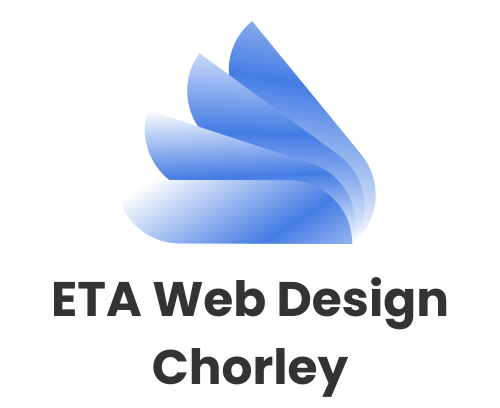In today’s digital landscape, understanding web development is essential for businesses aiming to create professional, scalable, and user-friendly websites. Whether you are a homeware brand, a health and wellness business, or a retail company, knowing how front-end and back-end development work can guide better decisions when investing in online solutions.
This article explains the key differences between front-end and back-end web development, helping business owners.
Understanding Front-End Web Development
Front-end development, often called client-side development, focuses on the part of the website that users directly interact with. This includes the layout, design, buttons, menus, and overall visual appearance. A well-crafted front-end ensures that visitors have a seamless experience, whether they are browsing on a desktop, tablet, or mobile device.
Front-end developers use languages and technologies such as HTML, CSS, and JavaScript to bring a website’s design to life. They are responsible for making sure a website is not only visually appealing but also responsive and intuitive. For businesses, investing in professional website design services ensures that the look and feel of the website aligns with brand identity while delivering a smooth user experience.
Understanding Back-End Web Development
While the front-end is about appearance, back-end development deals with the behind-the-scenes functionality that powers a website. This includes managing databases, server-side logic, and application performance. Without a strong back-end, a website cannot efficiently handle user requests or store and process information securely.
Back-end developers work with programming languages such as PHP, Python, Ruby, and frameworks like Node.js. They ensure that the website runs smoothly, data is stored safely, and features such as forms, login systems, and payment gateways function correctly. Companies seeking reliable
web development services rely on back-end expertise to create scalable websites capable of supporting growth and complex business operations.
Key Differences Between Front-End and Back-End Development
The main distinction between front-end and back-end development lies in their focus and function. Front-end is user-facing, prioritising design, responsiveness, and accessibility, whereas back-end is server-facing, concentrating on logic, databases, and site performance.
For business owners, understanding this difference helps when choosing the right professionals for their project. Experienced website developers combine both skills or collaborate across teams to ensure that your website looks attractive while performing flawlessly, creating an overall cohesive experience for customers.
Choosing the Right Approach for Your Business
Understanding whether to focus on front-end or back-end development is crucial for creating a website that meets your business goals. The right balance ensures your site is both visually appealing and fully functional.
Considerations for choosing the right approach:
- Business priorities: Determine whether your website needs stronger visual appeal or robust functionality.
- Retail websites: Often require a highly functional back-end for inventory management, payment processing, and checkout systems.
- Homeware or design-focused brands: May prioritise front-end elements such as interactive design, visuals, and user experience.
- Professional support:
Website building services can help bridge gaps, combining design and functionality for a seamless result.
- Comprehensive approach: Investing in both front-end and back-end solutions ensures your website attracts visitors and converts them into loyal customers.
Trends and the Future of Web Development
Web development continues to evolve rapidly, with trends like progressive web apps, AI integration, and mobile-first design reshaping how websites are built. Front-end frameworks such as React and Vue.js make websites more interactive, while back-end technologies like serverless computing and cloud solutions improve speed and scalability.
For businesses, staying ahead of these trends ensures that their website remains relevant and competitive. By understanding both front-end and back-end elements, you can future-proof your online presence and provide an experience that meets modern users’ expectations.
Front-end and back-end development play distinct yet equally important roles in creating a functional, visually appealing, and efficient website. Front-end development brings your design to life, while back-end development ensures that your website operates securely and effectively. For businesses across industries, choosing the right combination of expertise is essential to build a site that attracts visitors, supports growth, and delivers results.
At
ETA Web Design Chorley, we specialise in providing professional web solutions for homeware brands, health and wellness businesses, and retail companies. Our team is committed to delivering
web development that is trustworthy, scalable, and results-driven.
We combine technical expertise with creative design to offer a tailored approach for each client. With our services, businesses can feel confident that their website will not only look appealing but also function efficiently, helping them stand out in a competitive digital landscape.
Don’t miss it on X:
Web development – understanding the differences between front-end and back-end!





